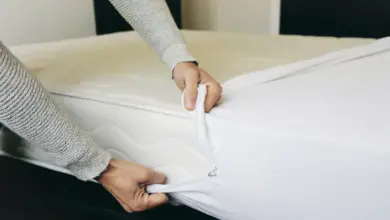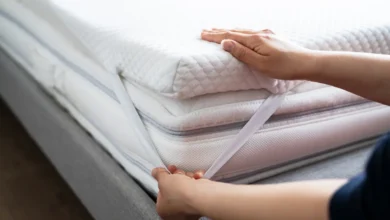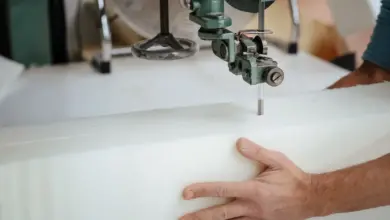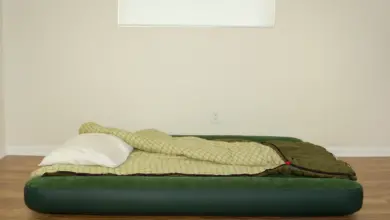How to Remove Mold & Mildew from Mattresses
How to Remove Mold & Mildew from Mattresses: Easy Way
Have you discovered MOULD in your mattress recently? The four-letter word “MOLD” is enough to make any homeowner panic. Mould can also be harmful to your health and that of your family. However, with the right cleaning products and a bit of elbow grease, you might be able to salvage your mattress.
Mold growth is rare on mattresses. It usually occurs in humid conditions, such as when there is inadequate ventilation or the mattress is left on the floor. Memory foam is a porous material that can be more prone to mould.
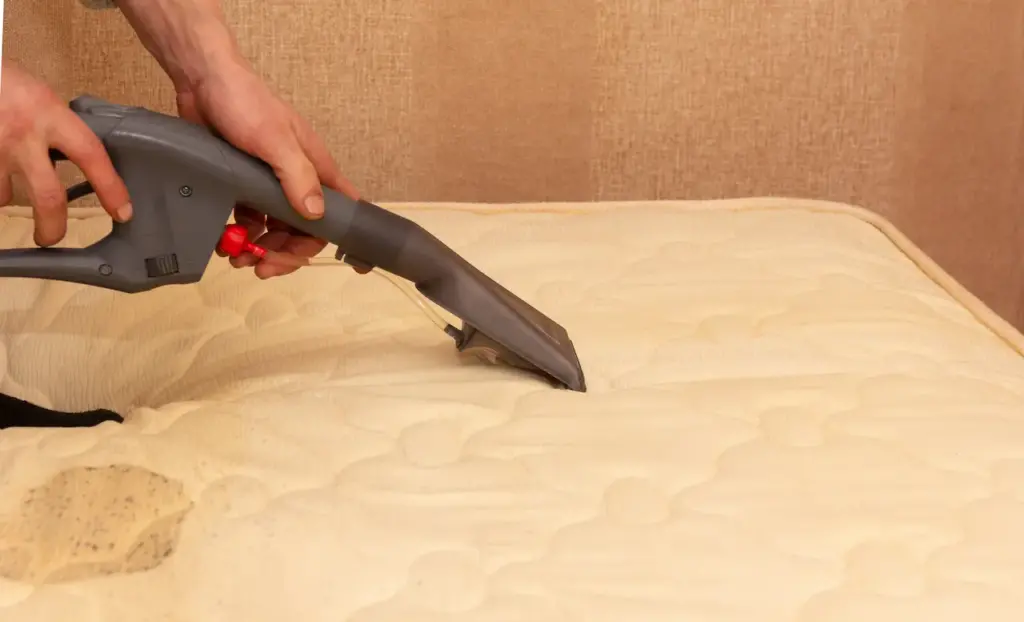
Mattress Mould: Should you throw it out or not?
Michael Rubino is the author of The Mold Medic, An Expert’s Guide to Mold Removal. He believes it’s better to replace a mouldy mattress with a brand-new one. He warns that mould can penetrate the porous structure of a mattress, making it almost impossible to remove.
Adriana Aziz is the operations manager of MaidForYou in Sydney. She confirms this advice, adding, “If there’s a lot of mold, I recommend getting a brand new mattress.” If you notice a musty smell or see that mould has penetrated the core of your mattress, it’s time to throw it out. If it is mildew or superficial, with minimal mould growth, it can be cleaned at home.
Adriana warns that you should also keep an eye on your mattress after cleaning. If the mould returns, there is a problem deep inside the item. It needs to be replaced. Pay attention to your feelings. “If you experience chronic symptoms that seem to worsen while you sleep, this could be a sign of a hidden problem.”
Identify: Is it Mould or Mildew Growing on your Mattress?
The mould is typically black, pink or green. It can be slimy or fuzzy and has a musty odour. Mildew has a powdery texture and is typically white or grey. Mildew has a bad smell but it is not as strong as mold.
What Causes Mould to Grow on Mattresses?
- High Humidity: Mold spores need moisture to thrive. If your bedroom has a relative humidity above 60%, you are more likely to have mould spores land on your mattress. Basements and attics are prone to higher humidity levels, which can lead to mould growth.
- Poor air circulation: Poor circulation of air is another factor that triggers mould growth when the mattress remains wet for a long period. Mattresses on the floor or platform beds with no ventilation are more susceptible to mould growth.
- Memory Foam Mattress: Most mattresses, including memory foam, are susceptible to mould growth because they’re dense and highly porous. They also trap heat. All you need is moisture to cause mould growth.
- Accidents: Untreated spills or accidents involving urine, or vomit can also cause mould to grow in the mattress layers. Mattresses are often made from porous materials such as cotton or foam that can absorb liquids and moisture. Later, the moisture trapped condenses and creates a moist atmosphere that is ideal for mould to thrive. Our body heat and sweat make the problem even worse.
Warning Signs of a Mouldy Mattress.
Mould can be detected by certain signs.
- Stains/Discoloration: The first and most obvious sign is when you see white, grey-black, or pink spots on the mattress surface. This is the beginning of mould colonies.
- Smell: A musty or foul odour is another sign that mould has grown on your mattress.
- AllergiesIf your symptoms of allergies like sneezing or watery eyes are accompanied by a runny, irritated nose or throat, you should investigate the possibility that you may be allergic to mold spores.
How to Remove Mould from a Mattress
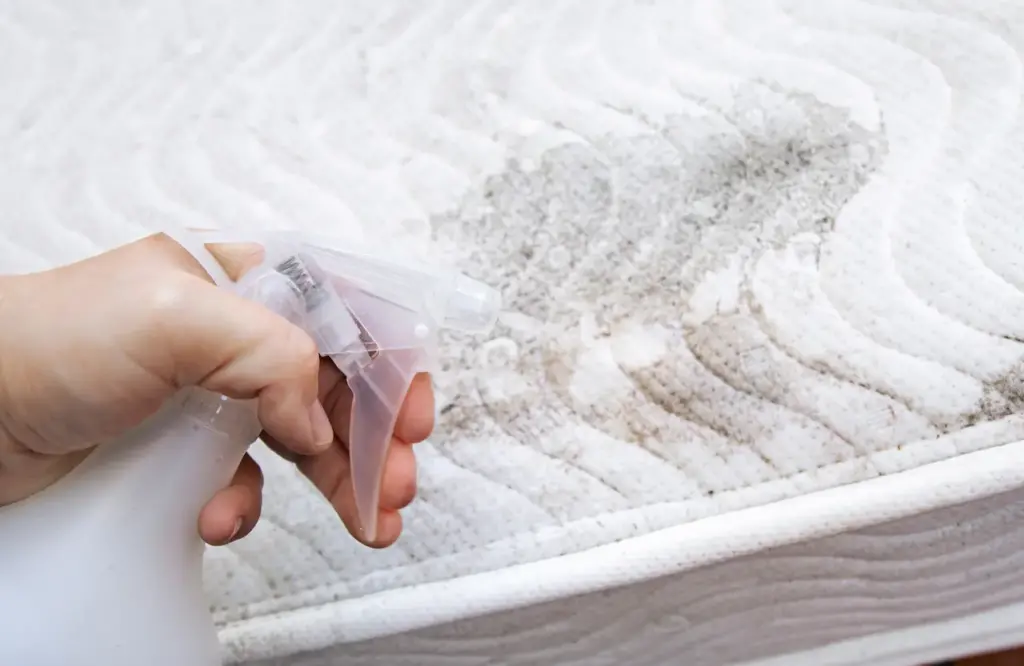
Safety first. Wear eye protection and a mask, to prevent coming into contact with mould spores. Mold spores are known to cause respiratory issues and skin irritation. It is best to be cautious.
Close the door and open windows if possible: To prevent mould spores from spreading throughout the home, close the doors and windows to the affected room.
Step 3. Vacuum your mattress. When cleaning mould off a mattress you should first remove as much as possible with a vacuum without damaging the fibres. Vacuum the entire surface of the mattress, preferably using a HEPA-filter vacuum cleaner, to prevent mould spores from being released into the air. The HEPA filter will catch the remaining mould spores. Vacuuming will remove and suction the mould spores.
After you have completed the basic cleaning, it is time to remove and treat mould. You can choose between a variety of natural and chemical options.
1) Direct sunlight:
Sunlight is nature’s antimicrobial agent. It’s ultraviolet (UV), thermal (T) and infrared (IR) rays can kill black mould. Placing your mattress in direct sun for an extended period can help to reduce mould.
2) Distilled vinegar
Vinegar, a mild acid, is very effective at killing mould spores. It’s also non-toxic and, in most cases doesn’t stain fabric.
In a spray bottle, mix equal parts of vinegar and water. Use a damp cloth to lightly mist your mattress, and then wipe it with the solution. Scrub the affected areas with a toothbrush, then vacuum the mattress.
Use a Q-tip that has been dipped into full-strength white vinegar to treat mouldy areas.
3) 3% Hydrogen Peroxide:
In pharmacies, 3% Hydrogen Peroxide is sold as a disinfectant. It is antifungal, and bacterial and effectively kills mold spores.
Pour the peroxide in a spray bottle, and spray it on the mouldy area. Let it sit for 10 minutes or until it stops foaming. Vacuum the mattress and brush or scrub the surrounding area.
4) Bleach solution
Bleach solution is another great way to get rid of mould on the mattress. Mix 1/2 cup bleach with 1-gallon water, and spray the solution on your mattress surface until you see no visible mould. Do not let it sit too long or your bedding could be damaged.
5) Baking soda
You can find this substance in almost any kitchen. It is great for cleaning mattresses.
Mix one cup of baking powder with enough water to make a thick paste. Spread the paste on the mouldy areas and allow it to sit for approximately 30 minutes. After 30 minutes, wipe it with a wet cloth.
6) Isopropyl Alcohol
Isopropyl Alcohol can be used in the same way as vinegar or hydrogen peroxide to kill mould on a mattress. For best results use 70% Isopropyl Alcohol.
Pour the same amount of water and alcohol into a spray bottle. Spray on any mouldy spots in your mattress. Let it sit for approximately 10 minutes. Let it sit for approximately 10 minutes, then wipe off with a damp, clean cloth.
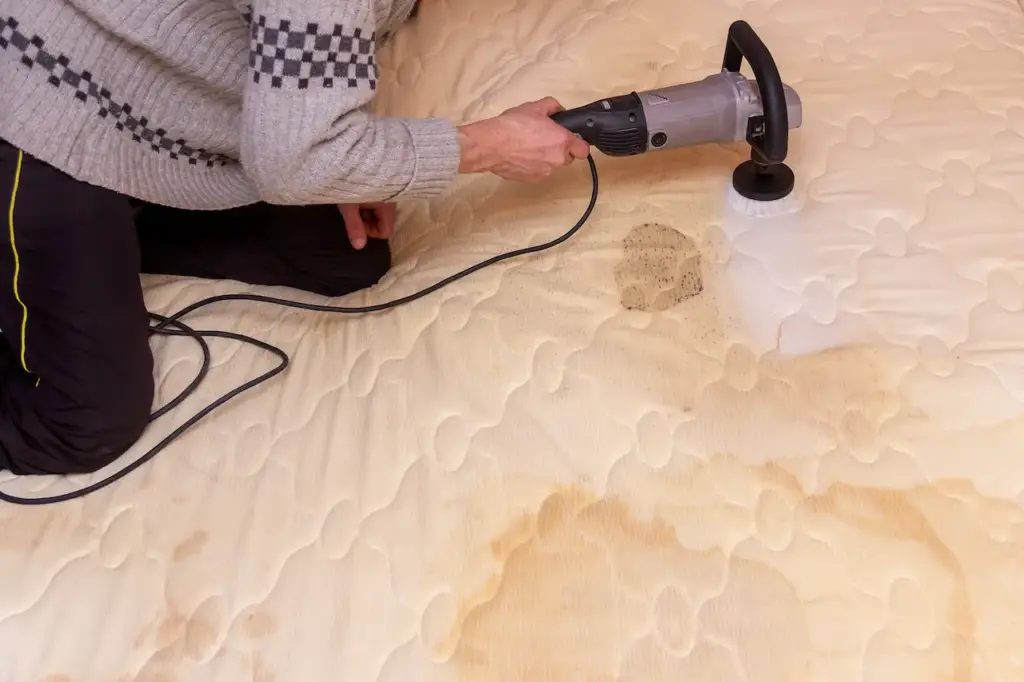
How to Prevent Mould and Mildew from Returning.
Here are some tips on how to prevent mould:
- Rotate your mattress and air it out: Ideally, you should rotate your mattress and air it out at least once each 3-6 months. This will help to remove trapped moisture, body oils and sweat that can lead to mould. Do this more frequently if you live in an area with a humid climate.
- Use dehumidifiers: When your room becomes humid, a dehumidifier will help to remove excess moisture from the air. This could prevent or limit the growth of mould.
- Clean up spills as soon as possible: Clean up spills as soon as you can before they seep into the mattress. Consider using a mattress cover if you haven’t already. It will keep your mattress dry and clean.
- Use a purifier. Air purifiers equipped with a 2.5 PM HEPA filter can capture most mould spores in the air and keep them from landing on your mattress.
- Do not place the mattress directly on the ground or use a solid base for your bed: When the weather is humid, placing the mattress directly on the ground encourages mold growth. Solid platform beds also don’t allow proper air circulation to the mattress. Air can move freely through slatted frames and box springs, which helps to prevent mould and keep your mattress dry.
Fix any leaks: Check the bedroom or windows for leaks. If the conditions are right, even a small drip can lead to mould growth.
If mould is an ongoing problem, consider switching to a mattress made of latex.
Latex Mattresses are more expensive and have a springier feel. Latex mattresses are all-natural and hypoallergenic, as well as being more durable.
Wrapping up
You may be able to remove mold using common cleaning products if you catch the problem early. If the mattress is heavily infested you may need to replace it or seek professional advice.
Have you got any ideas on how to remove mould and mildew in mattresses? Comment below and share your thoughts!
